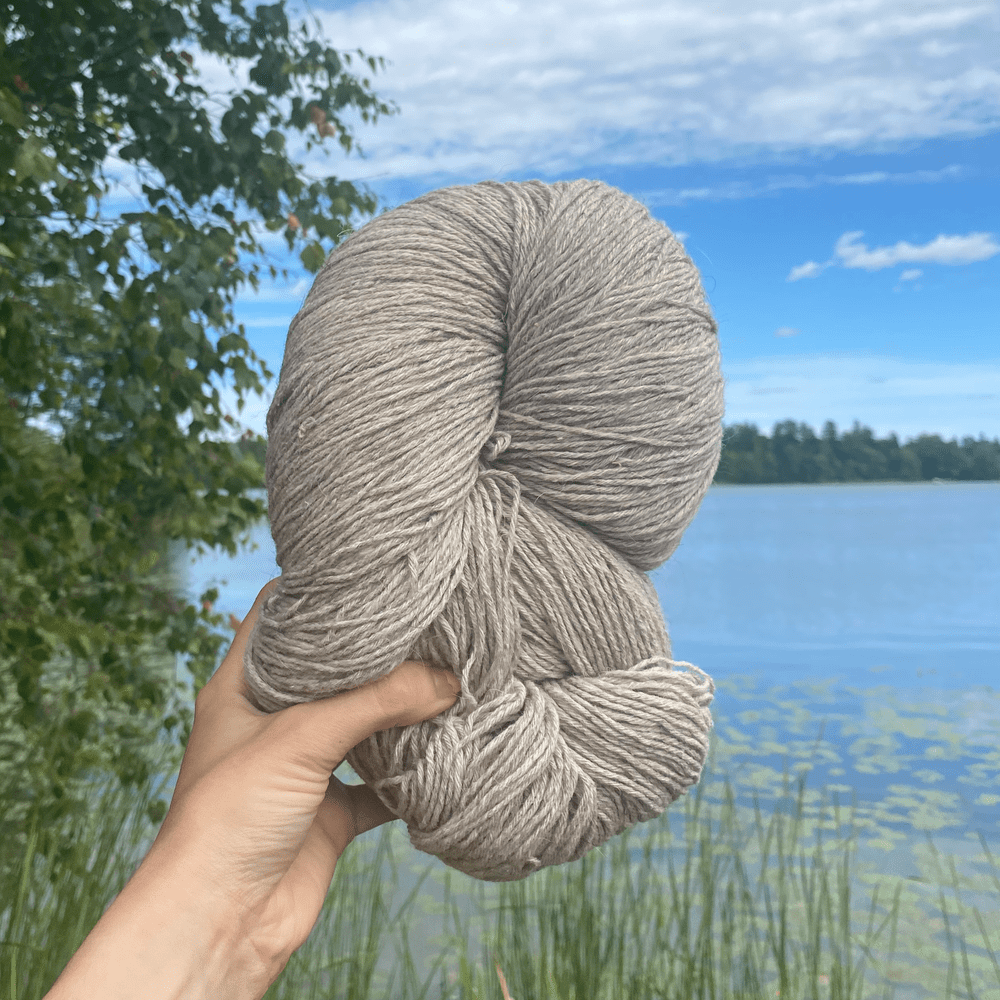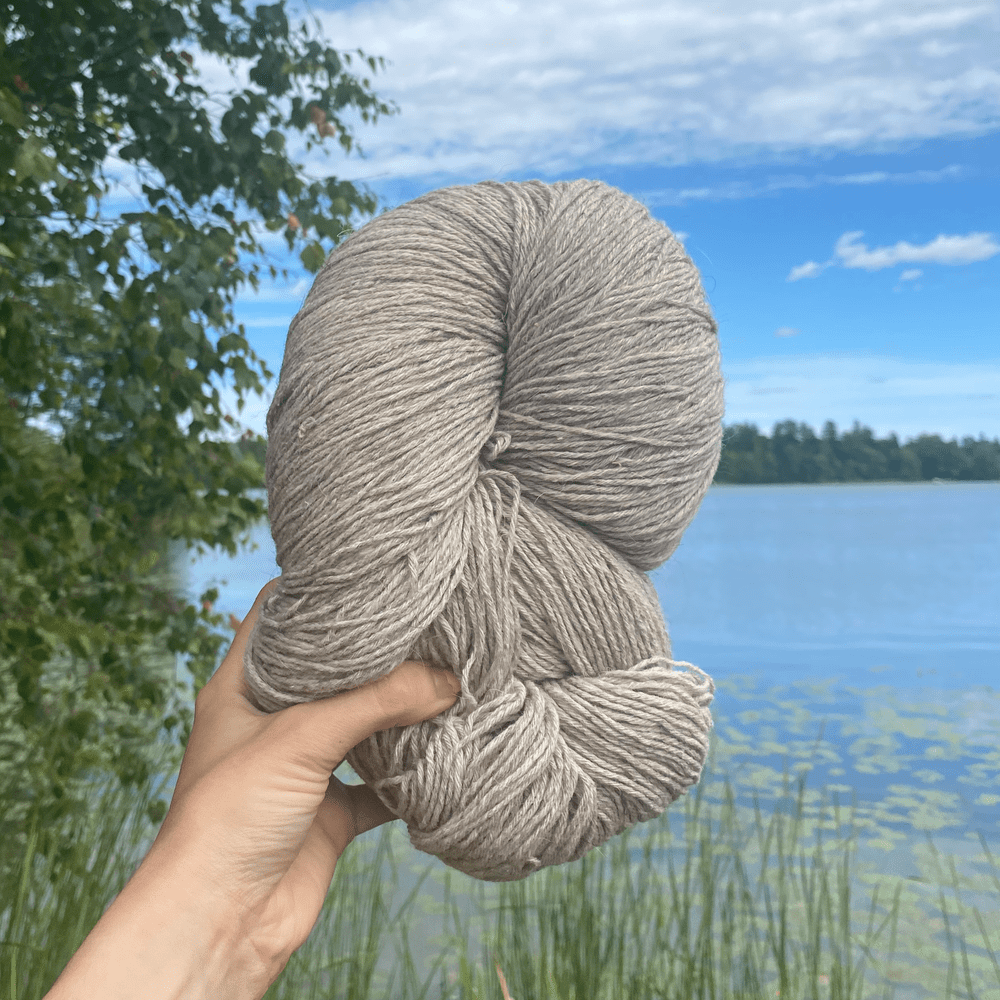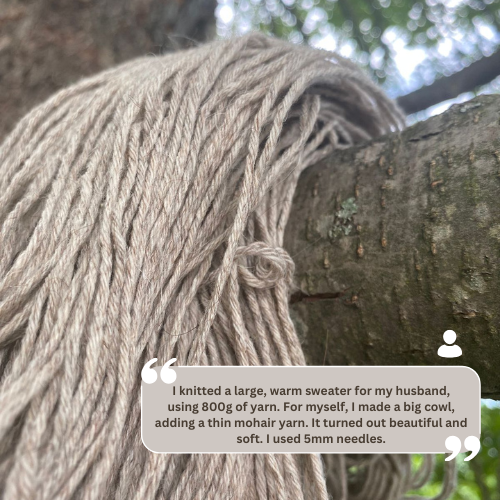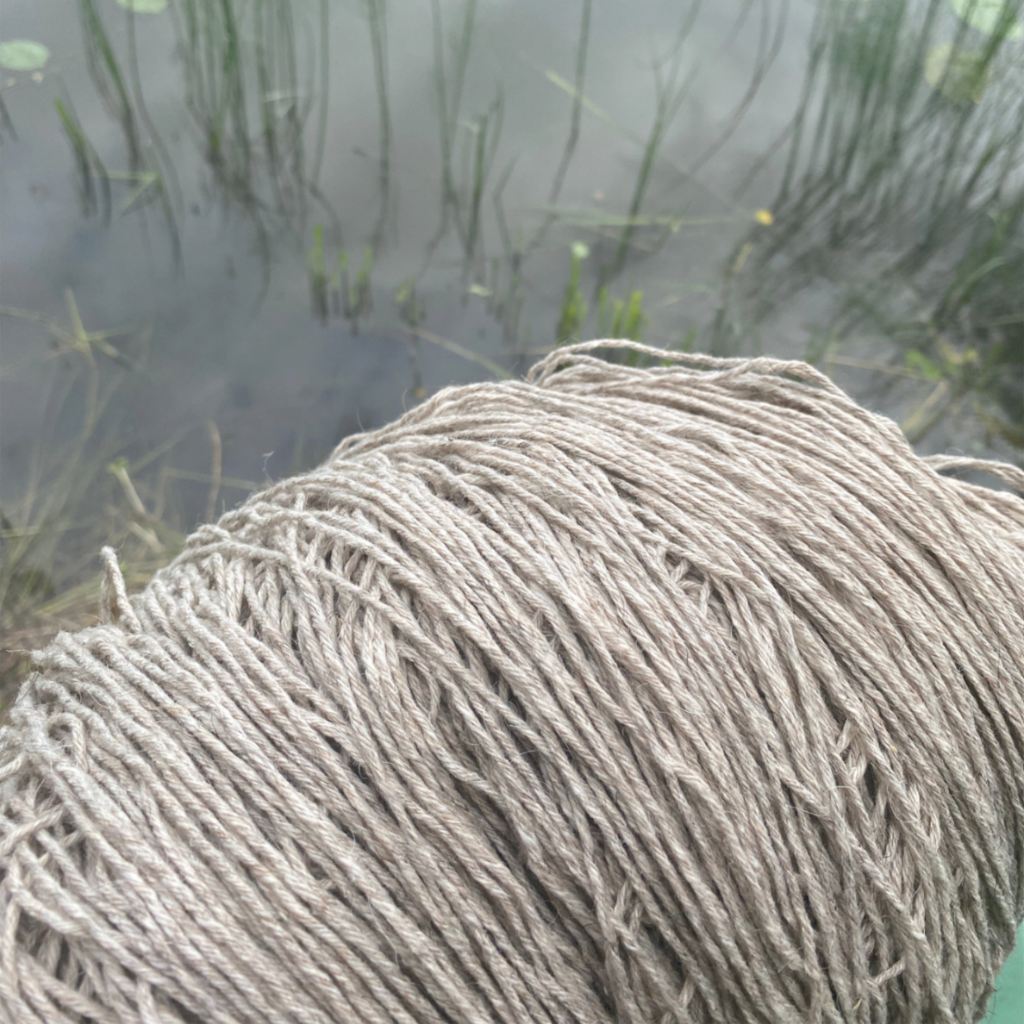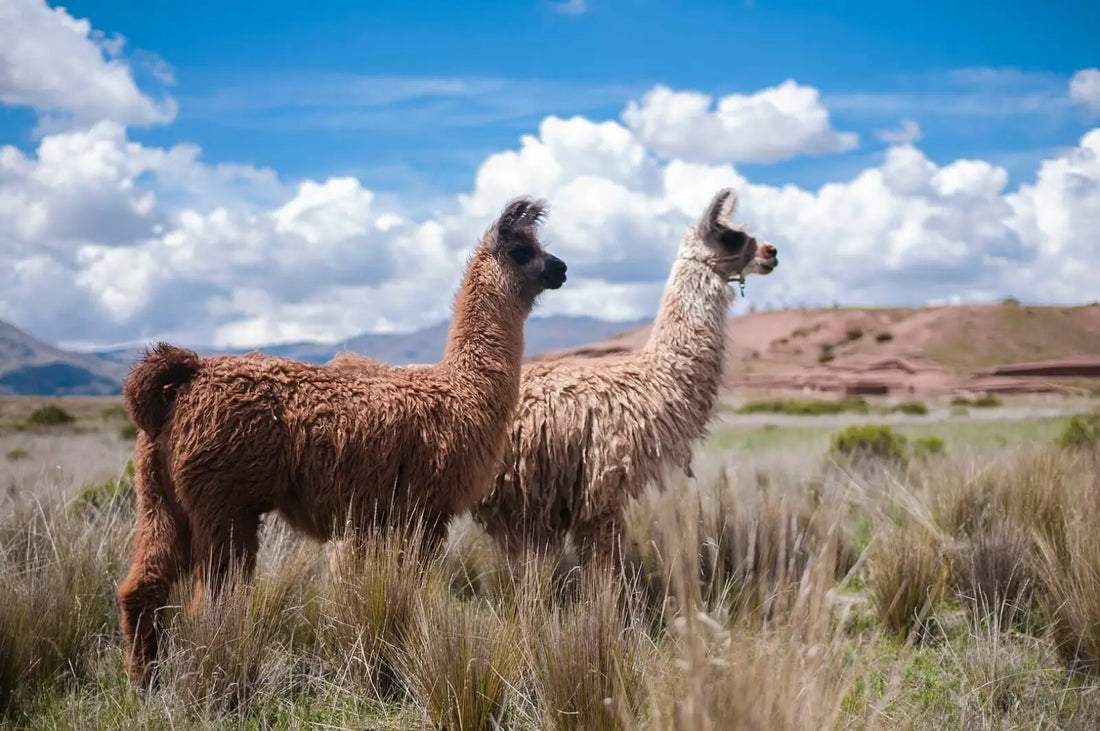
Understanding Llama Fiber: The Natural Luxury Yarn
When it comes to natural fibers, llama fiber, often referred to as llama wool, stands out for its exceptional qualities. Though technically a type of hair, it is commonly called "wool" due to its similarity to other luxury fibers like alpaca or vicuña. However, llama fiber has its own distinct characteristics that make it a prized material in the world of natural textiles.
What is Llama Fiber?
Llama fiber is 100% natural, known for its softness, warmth, and durability. While it shares many similarities with the finer vicuña wool, llama fiber is thicker and more robust, making it highly sought after for a wide range of textile products.
The Origin and Habitat of Llamas
Llamas are native to the high-altitude regions of South America, particularly in countries like Peru, Bolivia, Chile, and Argentina. These animals are well-adapted to cold, dry climates, living in altitudes ranging from 7,550 to 13,120 feet (2,300 to 4,000 meters). The llamas' natural habitat consists of shrub-covered plains and sparse pastures. Domesticated thousands of years ago from the wild guanaco, llamas have become essential to Andean communities, providing fiber, meat, and transport.
Llama Fiber: A Sustainable and Ethical Choice
Every year, between October and November, llamas are shorn to harvest their fiber. This annual shearing is not only crucial for collecting the fiber but also helps prevent the animals from overheating in the warmer months. In Argentina, selective breeding has resulted in a cross between llamas and alpacas, known as the Argentine llama. This breed is celebrated for producing exceptionally lustrous, silky, and fine fiber.
Key Characteristics of Llama Fiber
Llama fiber boasts several outstanding properties that make it ideal for high-quality yarns and textiles:
- Softness: The fiber is remarkably soft to the touch, making it perfect for garments worn next to the skin.
- Warmth: Llama wool is highly insulating, capable of retaining body heat even in extremely low temperatures.
- Durability: Its resistance to abrasion and wear ensures the longevity of items made from llama fiber.
- Water Resistance: The natural water-repellent properties make it suitable for damp climates.
- Hypoallergenic: Llama fiber is naturally hypoallergenic, making it a safe choice for those with sensitive skin.
- Biodegradability: As a natural material, llama fiber is biodegradable and environmentally friendly.
The Role of Llama Fiber in Andean Communities
The production of llama wool is a traditional activity passed down through generations in the Andean regions. It plays a significant role in the local economy, supporting the livelihoods of many families. As global awareness of sustainability and natural products grows, so too does the demand for llama wool, positioning it as a desirable alternative to synthetic fibers.
Conclusion
Llama fiber, often referred to as wool, is a product of exceptional quality with a broad range of applications. Its softness, warmth, durability, and hypoallergenic properties make it a versatile and sustainable choice for consumers who value both luxury and environmental responsibility. Whether you're crafting a cozy sweater, a stylish scarf, or a durable blanket, llama fiber offers a unique blend of natural beauty and practical benefits.







